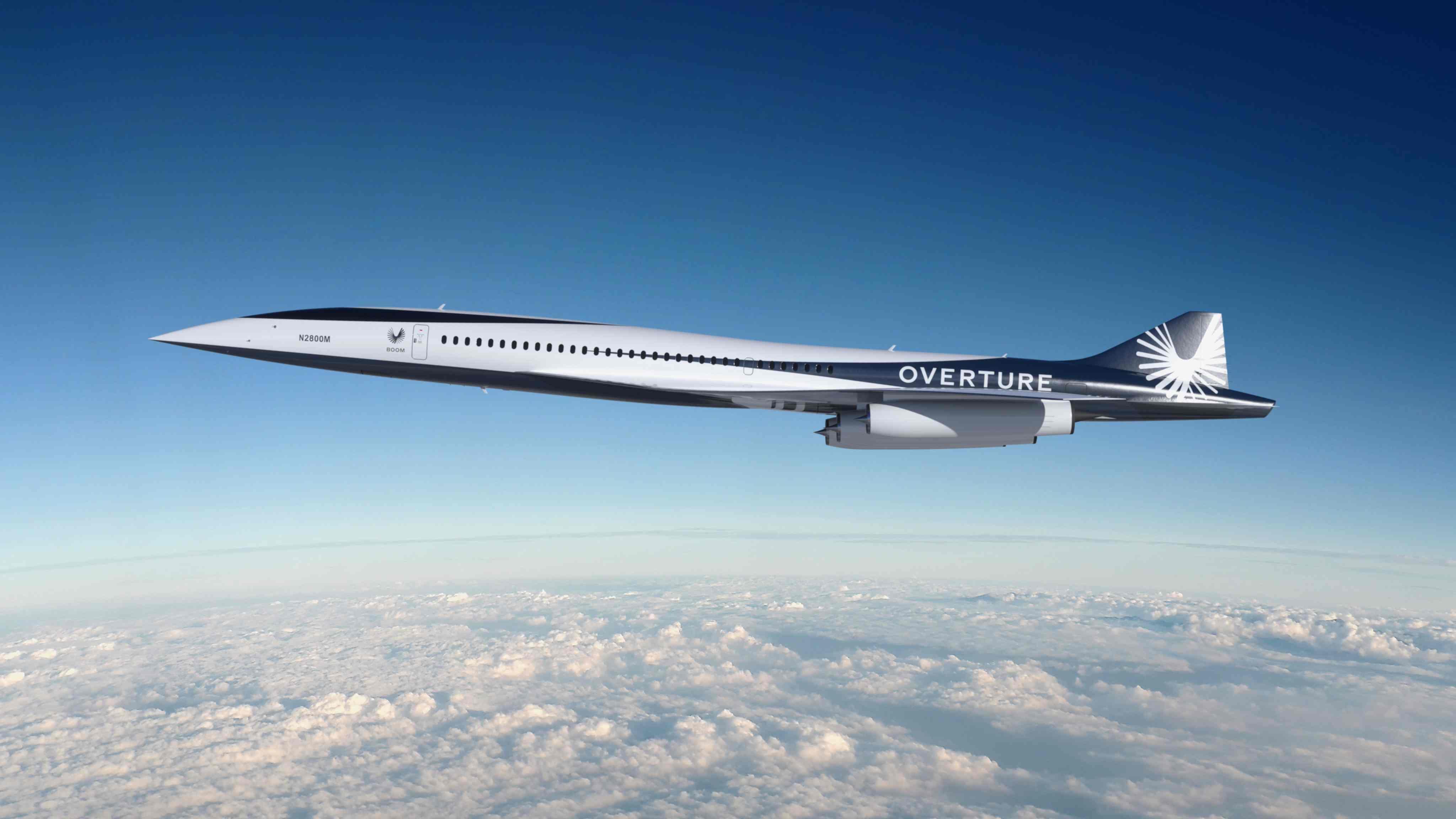
Supersonic airliner developer Boom says that as plans progress toward starting assembly of its first Overture prototype, the high-speed promise of its planned Mach 1.7 aircraft is attracting interest from carriers operating on longer distance Asia-Pacific routes and those feeding the region.
Boom, which is not present at Singapore Airshow as it prepares for first flight of its XB-1 demonstrator at Mojave, California, is also readying its new-build assembly facility in Greensboro, North Carolina. The Overture prototype is scheduled to roll out in 2026. First flight is currently targeted for 2027 with entry-into-service around the end of the decade.
With Japan Airlines amongst the early customer group for Overture, having signed for up to 20 "pre-order" delivery positions, Boom founder and CEO Blake Scholl believes the Asia-Pacific market will be rebounding by the time the aircraft debuts.
“It has been slower to recover from COVID, but it's coming back—and as the Pacific is much bigger than the Atlantic, I think you'll find fundamentally that makes it an attractive market,” Scholl says.
“We look at a lot of routes that I think make sense for supersonic speeds like Dubai-Bangkok and Dubai-Hong Kong,” says Scholl, who adds that prime potential growth routes could exist in markets linking the Middle East with other areas of Asia as well as Australia and New Zealand. “Others could include New Zealand to Japan, and Hong Kong to Taiwan. I think there's a lot there that will develop over time.”
Designed to carry up to 80 passengers on routes up to 4,250 nm, Scholl acknowledges that the Overture will require technical fuel stops on some longer routes but says the extra speed of the aircraft will more than compensate for the time taken. Giving the U.S. west coast to Sydney, Australia—typically a 14-15 hr. flight—as an example, Scholl says the flight in the Overture would be 8.5 hr., including a refueling stop in Tahiti.
“Everyone is going to wish that it flew continuously, of course. But when I talk to operators, I remind them that stopping for refueling is going to be like a pitstop at the Indy 500. You won't have to get out of your seat and it's probably going to be 25-30 minutes on the ground in total, maybe less if we optimize it really well. Compared to another six hours on the airplane, most passengers would prefer that,” Scholl says.
Despite the challenges in front of the company, not least the Boom-led in-house engine development program for Overture, Scholl remains optimistic that the market remains strong—particularly for the premium business travel sector.
“We haven't found a single airline anywhere in the world that's got a significant premium international business that doesn't think supersonic is relevant," Scholl says. "We've signed one major airline every year over the last three years—and there's one in there that's not announced yet. And I expect that trend to roughly continue."





